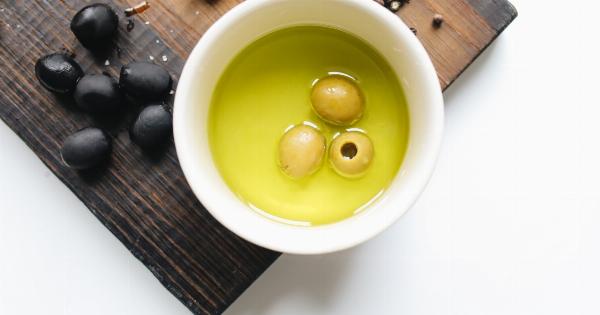Olive oil is a staple in many kitchens, thanks to its unique flavor and various health benefits. However, with so many options available in the market, it can be overwhelming to choose the best one.
Whether you’re an avid chef or just someone who loves to cook, understanding how to select the finest olive oil is essential. This ultimate guide will walk you through the key factors to consider when choosing the best olive oil for your culinary needs.
1. Types of Olive Oil
Before we delve into choosing the best olive oil, it’s important to understand the different types available. The main categories of olive oil include:.
2. Extra Virgin Olive Oil (EVOO)
Extra virgin olive oil is regarded as the highest quality and purest form of olive oil. It is made by extracting oil from olives using mechanical means, without any chemical processing.
EVOO has a low acidity level (less than 0.8%) and offers a robust flavor and fruity aroma. It is ideal for drizzling over salads, dipping bread, and using in dressings.
3. Virgin Olive Oil
Virgin olive oil is also produced through mechanical means, like extra virgin olive oil. However, it has a slightly higher acidity level (up to 2%) and may possess a milder flavor compared to EVOO. Virgin olive oil works well for sautéing and grilling.
4. Pure Olive Oil
Pure olive oil, also known as simply “olive oil,” is a blend of both refined olive oil and virgin olive oil. It has a higher acidity level (around 3%) and a lighter taste.
Pure olive oil is suitable for everyday cooking methods such as frying and baking.
5. Light Olive Oil
Contrary to what the name may suggest, “light” olive oil does not refer to reduced calories or fat content. Instead, it refers to the oil’s lighter flavor and color.
Light olive oil is typically a blend of refined olive oil with a small amount of virgin olive oil. It is suitable for cooking methods that require a more subtle taste.
6. Origin and Quality
The origin of the olives and the quality of the olive oil play a significant role in its taste and overall quality. Some renowned olive oil-producing regions include Italy, Greece, Spain, and California.
Look for certifications indicating the olive oil’s quality, such as PDO (Protected Designation of Origin) or PGI (Protected Geographical Indication).
7. Harvesting and Extraction Methods
The way in which olives are harvested and oils are extracted can also impact the quality of the olive oil. Olives that are hand-picked or harvested at the right level of ripeness tend to yield better-quality oils.
Additionally, cold-pressed extraction methods help preserve the flavors and nutrients of the olives.
8. Acidity Level
The acidity level in olive oil indicates the quality and freshness. The lower the acidity level, the better the olive oil. Look for bottles labeled “low acidity” or “extra low acidity” for the highest quality options.
9. Flavor Profile
Olive oils can vary in flavor, ranging from mild and buttery to bold and peppery. Consider the intended use of the olive oil and choose a flavor profile that complements your dish.
For delicate dishes like fish or desserts, opt for a milder oil, while robust oils work well with hearty dishes and strong flavors.
10. Packaging
The packaging of olive oil can affect its quality over time. Choose bottles made of dark glass to protect the oil from damaging exposure to light. Tin cans can also be a suitable option as they prevent light from reaching the oil entirely.
By considering these factors, you can confidently select the best olive oil for your needs, ensuring exceptional flavors and health benefits in your cooking.
Experiment with different olive oils to find your favorite and elevate your culinary creations to new heights!.





























